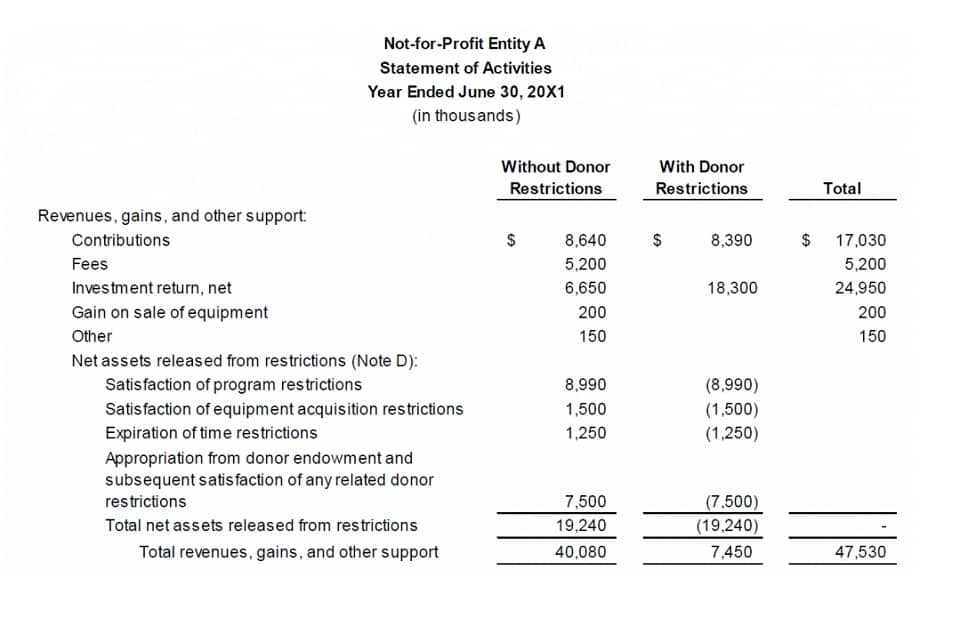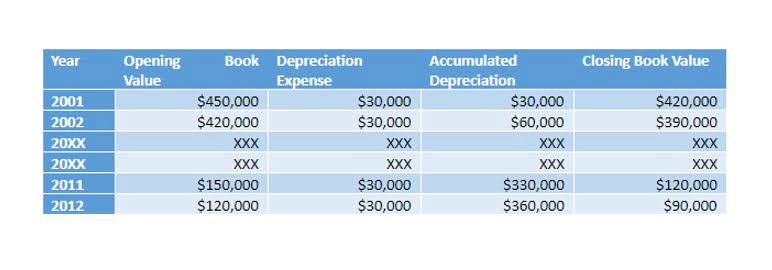
These errors occur when two adjacent digits are inadvertently reversed, such as writing ’63’ instead of ’36’. While seemingly minor, the consequences of such errors can be significant, leading to discrepancies in trial balances and financial statements. The impact of transposition errors is not limited to the realm of accounting; they can manifest in various fields such as data entry, programming, and even legal documents. Transposition errors are a common yet often overlooked mistake in accounting and data entry that can lead to significant discrepancies in financial statements. While seemingly simple, these mistakes can be notoriously difficult to spot, especially in lengthy and complex trial balances. They can cause a ripple effect, leading to transposition error incorrect totals and balances that don’t match.
Transposition Error

By incorporating these strategies, accountants can significantly reduce the risk of transposition errors and maintain the integrity of financial records. It’s about creating a culture of diligence and precision that permeates every aspect of the accounting process. Accounting For Architects Another type of transposition error is where the reversed order of two consecutive digits causes significant inconsistencies.
Transposition Error: Definition, Causes, and Consequences
- While it may seem like a minor error, misspelling “the” as “teh” can undermine the credibility of a writer and distract readers from the intended message.
- By considering the limitations of working memory, perceptual and visual processing, as well as linguistic and phonological factors, individuals can reduce the likelihood of such errors.
- This account cannot be the cause of the problem because the difference is only 36, not 360.
- While seemingly innocuous, such mistakes can propagate throughout financial records, distorting the accuracy of critical data and potentially leading to misguided business decisions.
- Implementing these strategies will not only enhance your productivity but also contribute to a more focused and error-free work environment.
- Additionally, some software solutions provide real-time error detection and correction suggestions, further streamlining the process.
The accuracy of the balance sheet is fundamental to the integrity of financial reporting and the overall trust in a company’s financial health. Errors in the balance sheet can lead to misinformed decisions, damage to reputation, regulatory penalties, and even financial loss. Therefore, identifying and correcting these errors is not just a matter of regulatory compliance but also of safeguarding the company’s financial stability and ensuring stakeholder confidence. Transposition errors are a common occurrence in various fields and industries, including finance, data entry, and even music. These errors involve the switching of two or more elements, such as numbers, letters, words, or musical notes, resulting in inaccurate information or outcomes.
How Human Error Contributes to Transposition Errors?

For example, in your year-end review of the trial balance, you discover that there is a difference of $900 between your debits and credits. Since this number is evenly divisible by 9 (there is no remainder), it is a transposition error. Handling intricate financial statements or tax filings can be overwhelming, especially when precision is critical. For instance, the IRS requires accurate reporting, and a transposition error could lead to discrepancies triggering audits or penalties.
Our Review on The Credit One Credit Card
The fixed assets platform also simplifies the categorization of purchases and expenses, ensuring everything is organized and easy to track. Automating day-to-day tasks and reducing manual data entry, significantly lowers the risk of errors, such as transposition mistakes, helping you maintain precise and reliable financial records. Omission errors occur when a transaction is completely left out of the accounting records. The absence of a transaction can lead to an unbalanced trial balance and incomplete financial statements, which can mislead stakeholders about the true financial position of the business.


One telltale sign of a transposition error is the divisibility of the discrepancy by nine. If the difference between the recorded amount and the correct value is evenly divisible by nine, it is highly likely that a transposition error has occurred. They are usually made unintentionally (intentional errors can lead to criminal investigation). To do a bank reconciliation, you need to first balance your cash account—small businesses typically record payments and receipts in a cash book.